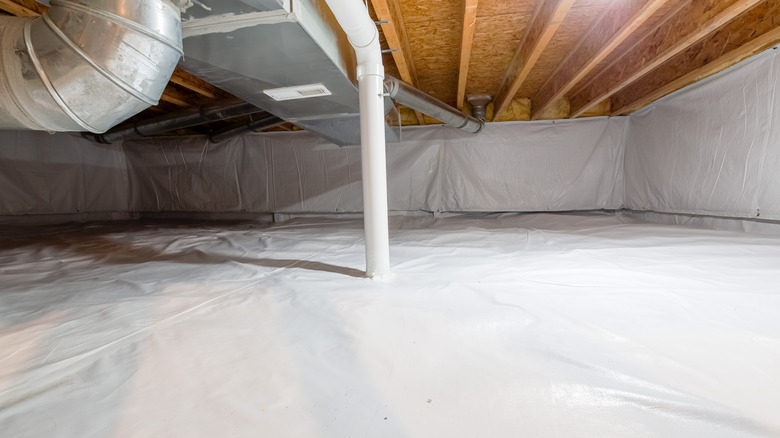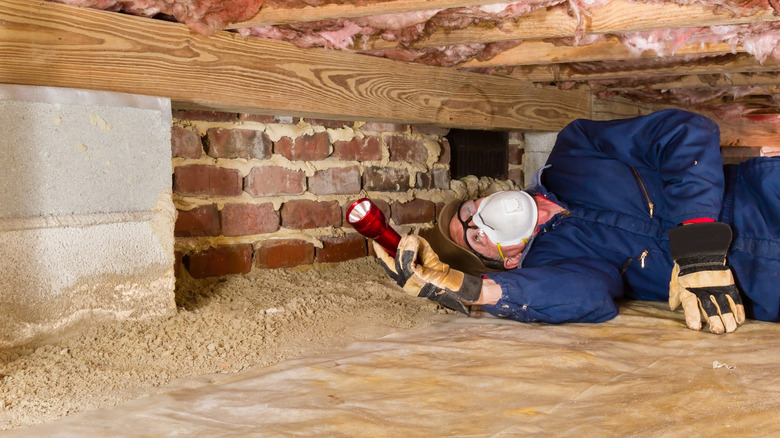Alternatives To Crawl Space Encapsulation That You Might Want To Consider
Crawl space encapsulation is an effective, industry-standard solution to fixing everything that is wrong with dirt crawl spaces. By encapsulating the crawl space, you can eliminate moisture problems, mold and mildew outbreaks, and pest infestations, and avert damage to your home's wooden structural members. Encapsulation entails fitting the space with a sump pump to remove groundwater, covering all exposed dirt with polyethylene sheets, and sealing all gaps that may allow air movement to and from the exterior. To keep humidity from building up in what becomes a fully sealed-off space, the process also requires a dehumidifier to be installed in the crawl space. These are only the most basic steps in the process, and you should expect repairs to the existing infrastructure and mold remediation to add to the costs, too. As you can imagine, all these steps translate into a good chunk of change. That is why crawl space encapsulations typically cost between $10,000 and $15,000, although the figure can climb well over $40,000 if the job is complex enough.
Now, it's fully understandable that you may be unwilling, or unable, to part with such a large sum of money to eliminate crawl space problems. Fortunately, there are several alternatives to the procedure you can consider instead. These include installing a drainage system and laying down a vapor barrier. Neither of these solutions is as effective as encapsulation, but in a pinch, they can resolve some of the issues plaguing your home because of the crawl space.
How drainage systems and vapor barriers work as crawl space alternatives
If you live in a floodplain, or your crawl space floods often, you're exposing your home to a whole host of problems. The water pools in the space and slowly evaporates, all while mold and mildew go to town on the structural members above, and their spores infiltrate the interior. Simply fitting a drainage system with a sump pump in the space will ensure that any water that gets into the space during a major rain event is quickly removed. Sure, the pump alone does nothing to establish a barrier between your home's first floor joists and the dirt below, but it does mitigate the effects of flooding effectively. Not sure how sump pumps work? Learn everything you need to know about sump pumps before you buy one.
If your crawl space was prone to flooding and you've decided to fix it with a drainage system and a sump pump, consider replacing the joist insulation, too. The existing insulation is likely wet because of the frequent water ingress, and wet insulation is not effective. Get a professional to inspect the space for insulation damage and replace affected parts.
Laying down a vapor barrier creates a protective layer between the exposed soil and the house structure above. This protective barrier prevents vapor from rising from the moist soil and infiltrating the house and its structure. This way, you can avoid problems like mold, mildew, and rot. Since laying down a vapor barrier doesn't entail sealing off all the air gaps, there's no need to install a humidifier — the crawl space will continue to vent naturally. That said, a vapor barrier alone won't keep airborne moisture or rainwater from getting into the crawl space.

